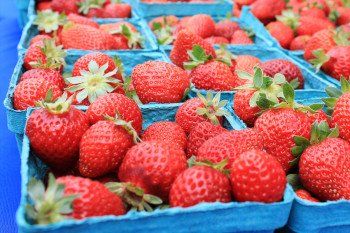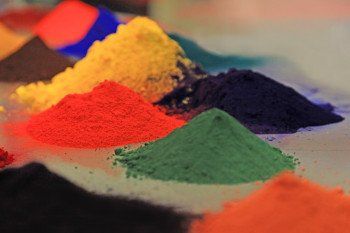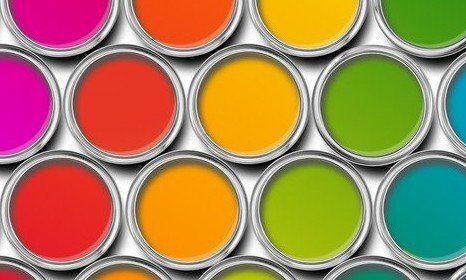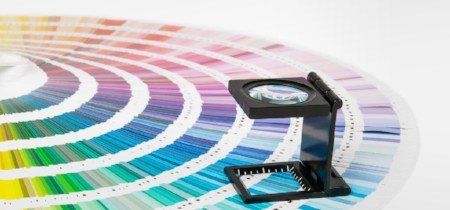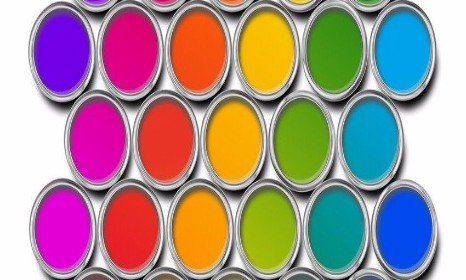The Most Colourful Animals in the World
- By Centre Colours
- •
- 21 Nov, 2018
- •
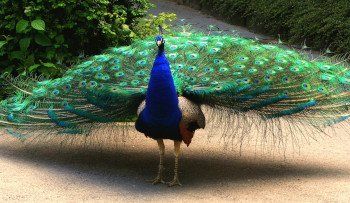
The colours that can be found in nature are simply spectacular, with some plants and animals so brightly coloured that they almost look photoshopped. Colour can be in the animals feathers, fur, scales or skin itself, and has many functions, from sending out warnings to predators, to attracting a mate or to provide camouflage.
There’s an abundant amount to choose from, but read on to learn more about just a few of the most colourful animals in the world.
Poison Dart Frogs
These tiny amphibians are native to tropical Central and South America. There are over 200 species and most measure a mere half to 2 inches long, but they remain some of the most poisonous animals on earth. Poison dart frogs come in a range of impressive colours including bright blue, yellow, red and orange, and the poison is secreted from skin glands to cover the entire skin surface of the frog.
Their bright colours are linked to their toxicity and are designed to warn predators to back off.
Rainbow Lorikeet
A species of parrot found in Australia, the rainbow lorikeet is unmistakable due to its bright mix of feathers in all colours from yellow to blue, red and green. Their diet consists mainly of pollen, fruit and nectar from flowers or eucalyptus. They may be lovely to look at, but they are so ubiquitous in some areas of Australia that they’re considered a pest.
Mandarin Fish
The mandarin fish is native to the Pacific ocean, and is found everywhere from off the coast of Japan to the waters of Southern Australia. They may look harmless, but like the poison dart frog, these fish are highly toxic to predators. This fish is one of only two species in the world that is able to produce its own blue colouring via blue pigmented, light-reflecting cells.
Peacock
There couldn’t be a list of the most colourful animals without mentioning the peacock, probably one of the most recognisable brightly coloured animals of all. Only the males of the species have the flamboyant tail display of jewel toned feathers, and the female peahens are a lot smaller with a mix of grey, brown and green feathers. Peacocks fan out their tail feathers as part of an impressive ritual to attract a mate.
Flamingo
Flamingos are not naturally pink - they get their rosey colour from pigments in the enormous quantity of shrimp, molluscs and algae they consume. Flamingos in captivity are fed a diet rich in carotenoids (yellow, orange or red fat-soluble pigments) in order to maintain their vibrant colour.
At Centre Colours, we’re serious about colour in all its forms. If you’re after high quality pigment dispersions for the ink, paint or coating industries we’ve got you covered. Whether you need an off the peg colour or custom blend, regular supply or a single batch, visit our website today to see the range of professional products and services on offer.



